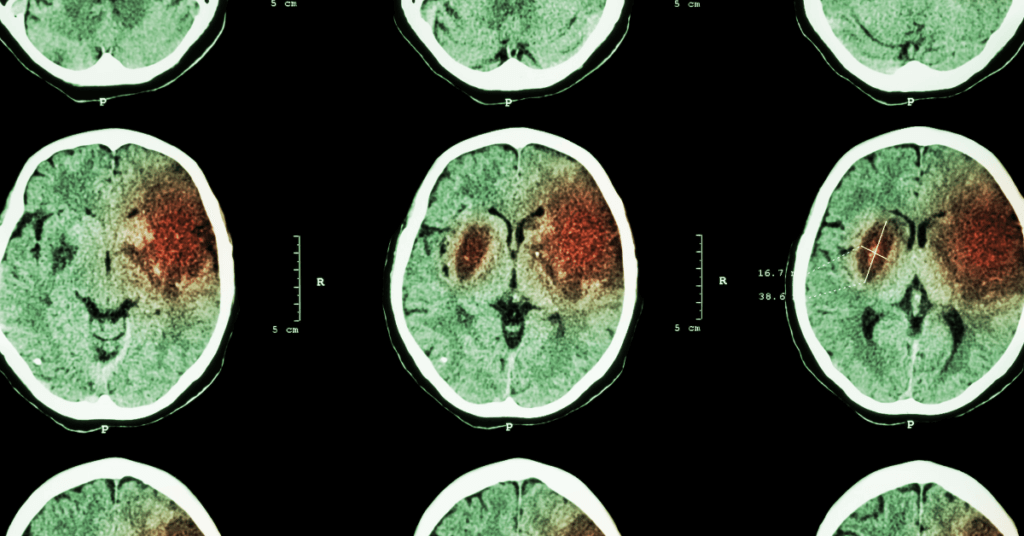
Recognizing and preventing stroke in seniors requires a comprehensive approach to senior care. Older adults are at a higher risk for stroke, especially those with heart disease, high blood pressure, diabetes, those who are overweight, and obese.
Recognizing and preventing stroke in seniors is no easy feat. According to the National Institute on Aging, “Stroke is the fourth leading cause of death in the United States, and causes more serious long-term disabilities than any other disease.”
Signs Your Aging Loved One is Having a Stroke
Strokes are just as serious as heart attacks, so it’s important to know the signs in case you or someone around you should suffer from one. Because strokes happen extremely suddenly, call 911 right away if you or someone with you has:
- Dizziness, loss of balance, or trouble walking
- Problems seeing out of one or both eyes
- Sudden confusion or trouble speaking
- Numbness or weakness in the arm, face, or leg- especially on one side of the body
- Sudden severe headache with no apparent cause
Sometimes these symptoms only last for a short time, making you wonder if they truly happened at all. These can be transient ischemic attacks (TIAs), or mini-strokes, and are just as serious as major strokes, in that if not dealt with right away, a major stroke could follow right behind it.
80% of strokes are preventable.
How to Lower the Risk of Stroke
Avoiding a stroke is not entirely possible, as some factors like age, family history, and race are things that cannot be controlled. Lifestyle choices, however, can greatly reduce the risk of having a stroke. Here are some lifestyle choices that can keep you stroke-free:
- Maintain healthy blood pressure and cholesterol levels. You can monitor these by regular visits to your doctor and by following the instructions he or she gives you for maintaining healthy levels.
- Don’t smoke!
- If you have been diagnosed with diabetes, make sure you are controlling it.
- Eating fresh fruits and vegetables every day, along with foods low in saturated fats and cholesterol will keep your heart healthy and happy.
- Consistent exercise that includes both cardio and weight training is essential for low blood pressure and low cholesterol.
In short, take good care of your body and your body will take good care of you.
After a Stroke
There are many side effects to expect after a stroke. Since it largely depends on the part of the brain that’s affected, side effects will vary.
- Paralysis on one side of the body or muscle weakness
- Problems speaking or swallowing
- Vision problems
- Loss in memory, judgment, the ability to learn new skills, attention, and awareness.
- Depression or difficulty with expressing emotions
For more resources and support on living with the effects of a stroke visit the American Stroke Association.
Almost all stroke patients will go through physical and occupational therapy to relearn and strengthen the muscles and skills that have been affected. As a caregiver, and especially if you are a family member, this can be a very difficult time in your family’s life. Rehabilitation is a slow process, and it takes patience and compassion to walk through recovery.
Whether you’re caring for a senior in your home or you work in the senior care profession, it’s important to encourage prevention practices for stroke. After all, prevention is the best medicine! Nestvy offers simple senior and home care solutions that are custom-made to fit your needs. Visit us for a completely free consultation.
